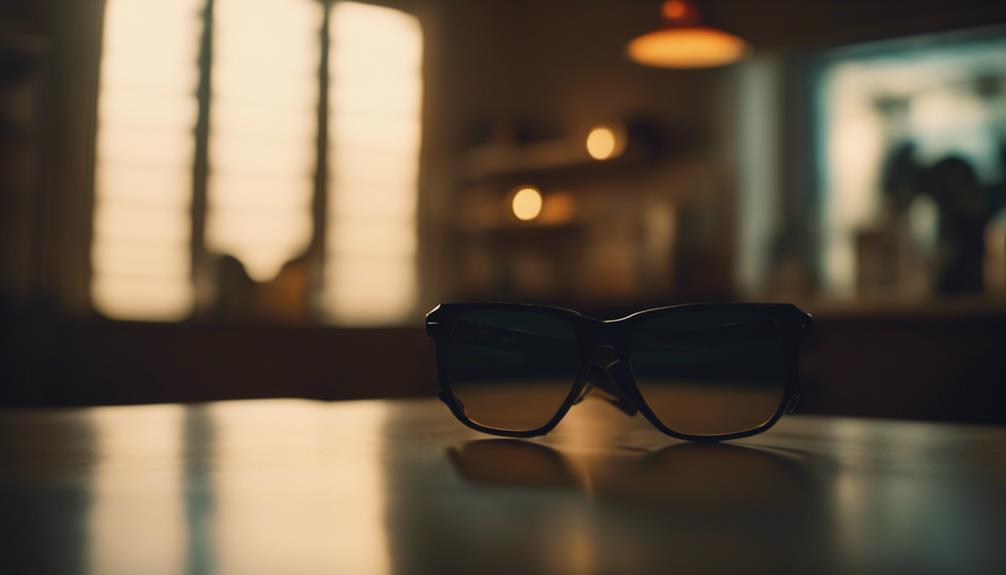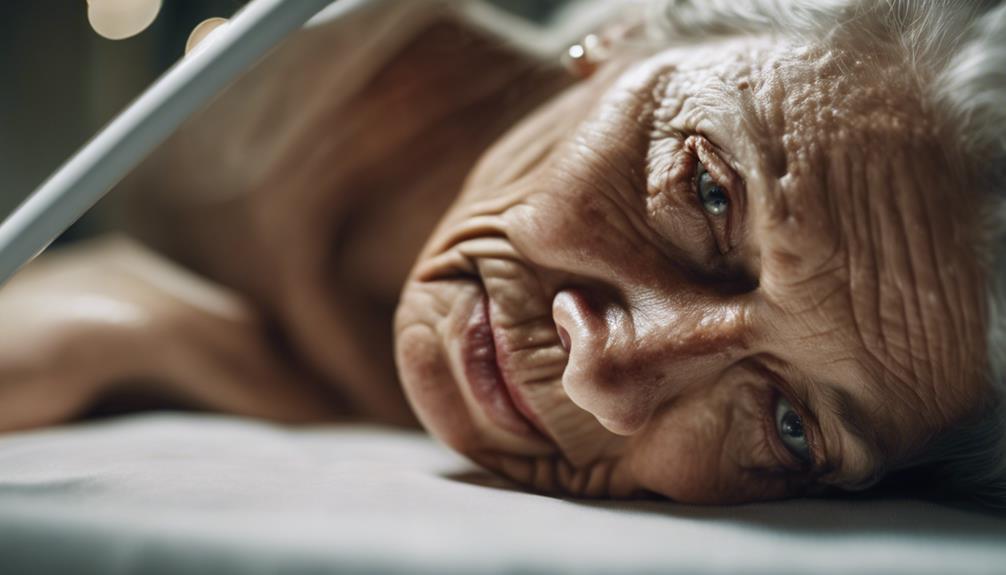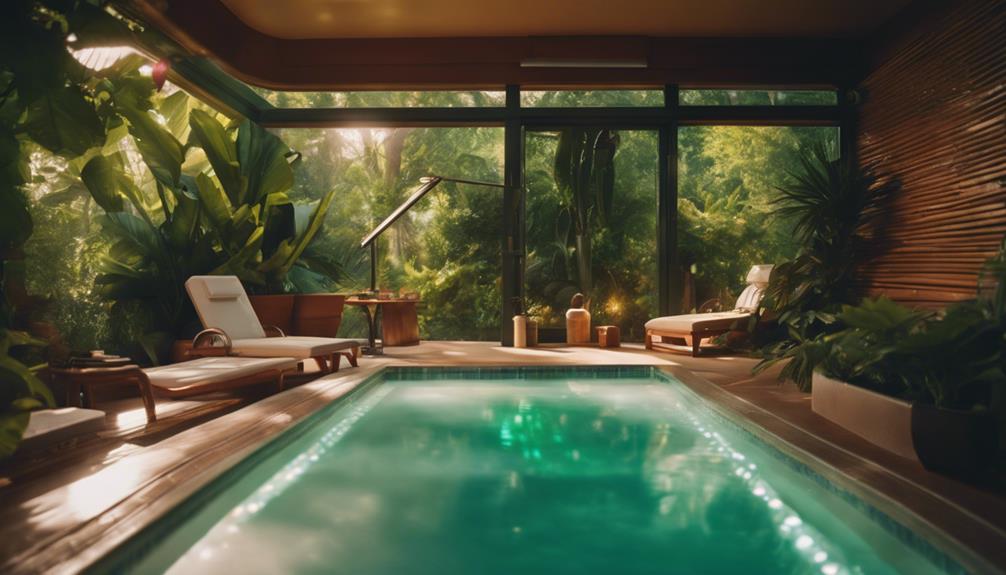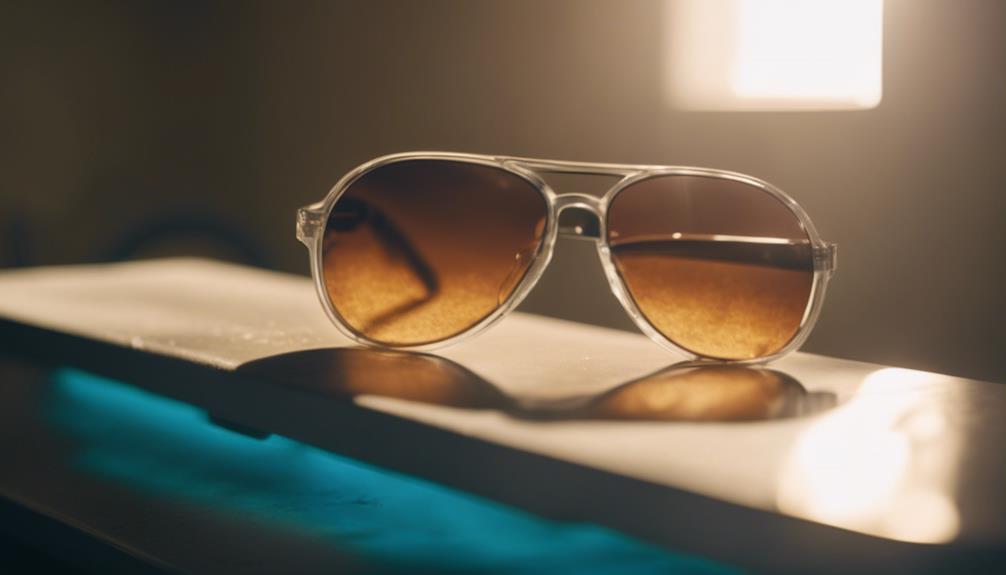Tanning beds may appear to offer a quick way to achieve a sun-kissed glow, but they come with serious risks! Were you aware that just one tanning session can increase your risk of skin cancer by 20%? This is a major concern! Additionally, the harmful UV rays from tanning beds can not only damage your eyes but also accelerate the aging of your skin. Surprisingly, tanning beds do not provide any vitamin D benefits either. So, if you are considering getting a tan, perhaps explore safer alternatives like self-tanners. Interested in learning more about maintaining healthy skin?
Key Takeaways
- Tanning beds emit harmful UV radiation, increasing the risk of skin cancers like melanoma and basal cell carcinoma.
- Regular use can lead to premature skin aging, resulting in wrinkles, leathery texture, and sagging skin.
- UV exposure from tanning beds can cause severe eye damage, including corneal burns and increased cataract risk.
- Tanning addiction can develop, leading to excessive use and further health complications.
Risks of Tanning Beds
Tanning beds expose you to harmful UV radiation that markedly increases your risk of skin cancer, making their use a dangerous choice for achieving a tan.
You might think a golden glow looks great, but the reality is that those UV rays can lead to serious health issues, like basal cell carcinoma or even melanoma.
If you start tanning too young, your skin's like a sponge, soaking up all those damaging rays!
Plus, tanning beds don't even give you the Vitamin D your body craves. Instead, they can create an addiction to that tan, which isn't a great habit.
Eye Damage Concerns

Exposure to harmful UV radiation during indoor tanning can severely damage your eyes, leading to conditions like cataracts and macular degeneration. Yikes, right? It's essential to protect your peepers! Using protective eyewear can make all the difference. Here's a quick look at the effects of UV exposure:
| Condition | Description | Prevention Tips |
|---|---|---|
| Cornea Damage | Painful burns on the eye's surface | Always wear goggles! |
| Cataracts | Clouding of the lens | Use UV-blocking eyewear |
| Macular Degeneration | Vision loss in the central field | Limit tanning sessions |
| Eye Cancer | Rare but serious | Stay informed, stay safe! |
Skin Aging Effects

Regular use of indoor tanning can lead to premature skin aging, resulting in wrinkles and a leathery texture over time. Imagine your skin as a balloon; the more you stretch it, the more likely it's to lose its shape!
Here's what you might face if you keep using those tanning beds:
- Wrinkles: You could start seeing fine lines much earlier than usual.
- Leathery Texture: Your skin may feel rough and tough, like an old baseball glove.
Safe Tanning Practices

To enjoy a safer tanning experience, always apply broad-spectrum sunscreen with at least SPF 30 before your session. Think of sunscreen as your superhero shield against harmful UV rays!
Limit your tanning sessions to avoid burns, and set a timer to keep track—no one wants to end up looking like a lobster!
Consider exploring self-tanning products, too; they can give you that sun-kissed glow without the risks.
And don't forget those protective goggles! Your eyes need protection just like your skin.
Remember, it's all about being smart and safe while trying to achieve that perfect tan.
Public Awareness and Education

Raising awareness about the dangers of tanning beds is essential for promoting healthier choices and protecting skin health. You might think a golden tan looks great, but it comes with hidden risks!
Let's explore some fun facts to keep in mind:
- Tanning beds can increase your risk of skin cancer, especially if you start young.
- You can still look fabulous with self-tanners, which don't come with those UV risks.
Frequently Asked Questions
How Can I Recognize the Early Signs of Skin Damage From Tanning Beds?
To recognize early signs of skin damage from tanning beds, watch for redness, dryness, or peeling. Notice any new moles or changes in existing ones, and consult a dermatologist if you see anything unusual.
Are There Specific Skin Types More Vulnerable to Tanning Bed Risks?
Yes, certain skin types, especially fair skin with less melanin, are more vulnerable to tanning bed risks. If you have lighter skin, you're at a higher risk for burns and long-term skin damage.
What Are the Psychological Effects of Tanning Bed Addiction?
Tanning bed addiction can lead to psychological issues like low self-esteem, anxiety, and body image concerns. You might find yourself constantly seeking that "perfect tan," which fuels unhealthy habits and escalates your dependency on tanning.
Can Indoor Tanning Affect My Immune System?
Indoor tanning can weaken your immune system, like a shadow creeping over your health. The UV radiation may impair immune responses, making you more susceptible to infections and illnesses. Prioritize your well-being—consider safer alternatives.
How Do Tanning Beds Compare to Natural Sunlight in Terms of Risk?
Tanning beds and natural sunlight both expose you to harmful UV rays, increasing skin cancer risk. However, tanning beds often emit more concentrated UV radiation, elevating potential damage compared to moderate, controlled sun exposure.
What Are Some Unseen Dangers of Stand-Up Tanning Beds?
When it comes to stand-up tanning beds, choice of the tan time is crucial. Overexposure to UV rays can increase the risk of skin cancer and premature aging. Additionally, improper cleaning of the beds can lead to infections. It’s important to be aware of these unseen dangers before making a standup tanning beds choice.
Conclusion
So, before you plunge into that tanning bed, just think about what's really at stake.
A quick glow might seem tempting, but the hidden dangers—like skin cancer and premature aging—are lurking just beneath the surface.
Why gamble with your health for a tan that fades?
Instead, why not embrace your natural skin tone and explore safer ways to shine?
After all, your skin deserves the best care, and the real glow comes from being healthy and happy!









